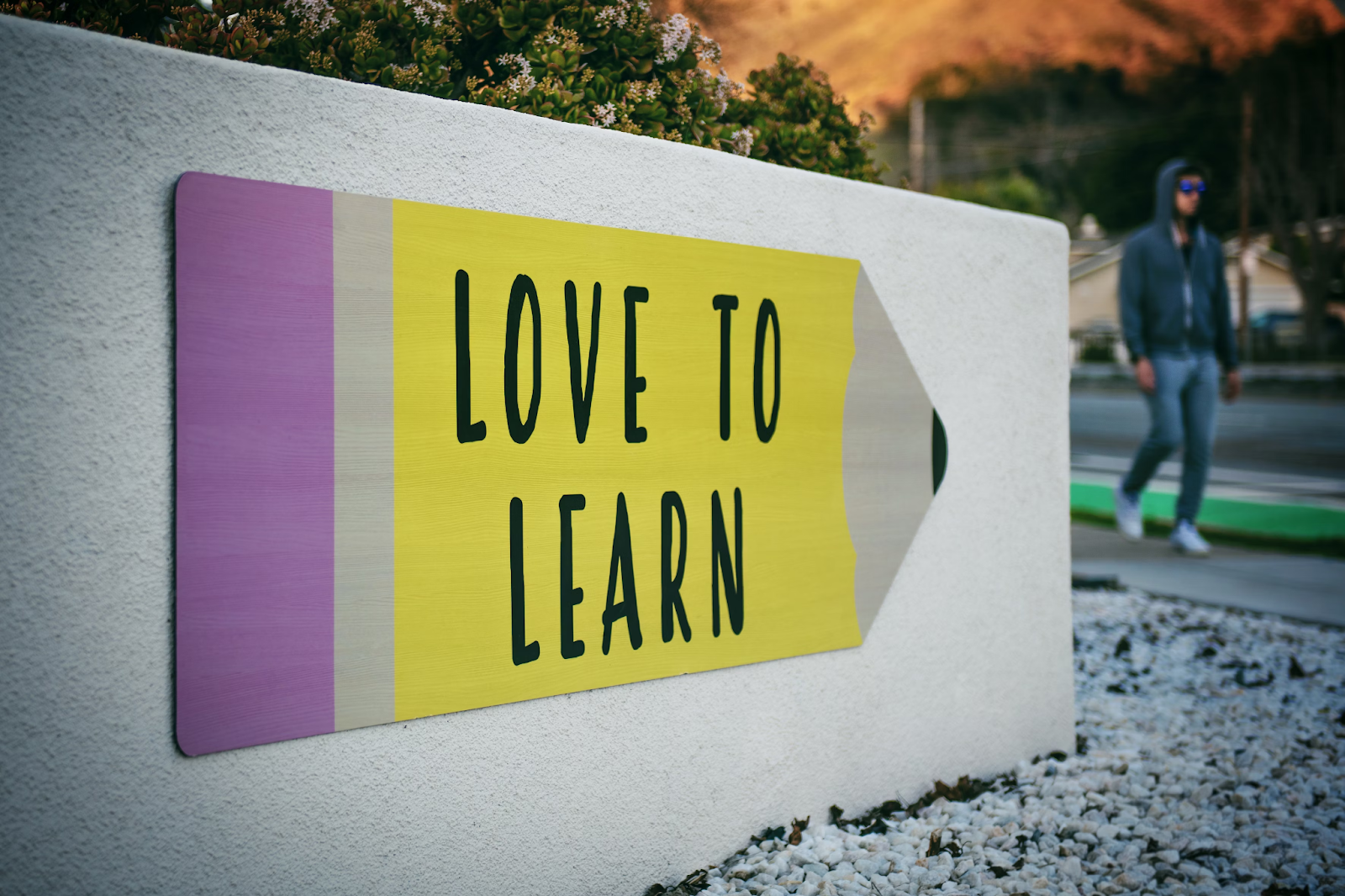- Published on
Improving Learning Materials With Visual Content Strategies
- Authors
- Name
Let's be real, none of us can sit through a lecture that only features plain text slides, or go through a textbook that contains nothing but large walls of text without our minds wandering into the dream world within a few short minutes.
This is all the more real today with the minds of students and their dopamine receptors getting fried with the endless dose of instant gratification coming from short-form content on platforms such as TikTok, Facebook, and Instagram, leading to remarkably lower attention spans.
If you're an educator or content creator, your focus can no longer be on the content and curriculum alone, but a significant portion of your job involves attracting and retaining your student's attention. In this article, we uncover visual content strategies that take your learning materials to the next level.
Why Visual Content Matters In Learning?
Visuals do more than just spice up your content, they make it easier to learn and retain information, especially in the case of complicated subjects.
Since the brain processes visual information quickly and more effortlessly compared to large walls of text, people subconsciously gravitate towards and pay more attention to visual content. This is why it is essential to have a visual content strategy.
1. Use Infographics To Simplify Complex Ideas
If you find yourself explaining a complex topic, only to be met with blank stares, it's time to bring in some infographics. By visually representing steps, processes, and data, with vibrant colors, graphics, and shapes, you make the topic easy to follow and memorable.
Don't worry, you don't have to spend hours learning Illustrator or pay $100s for a designer to get something like this done. With tools like Canva, all you need to do is select a template and edit the text, and you're good to go.
You can customize it to pretty much any extent, with your own inputs, graphics, and images. Canva comes with numerous powerful features, capable of doing great many things with visuals and graphics, whether you want to remove photo backgrounds or test photographs across 100 different styles.
2. Incorporate Diagrams & Charts
Numbers shine best when they are in a chart, rather than in a paragraph surrounded by text, thus diagrams, flowcharts, and graphs do a wonderful job at helping students better visualize relationships, statistics, and changes over different periods.
Additionally, flowcharts can be extremely useful in illustrating processes. Whether it's showing a cycle in nature or the steps in a business process, a good flowchart helps learners connect the dots more easily.
3. Harness The Power of Videos
You probably know by now that videos are pretty much the medium of choice for all kinds of instruction for students of our generation. Any learning that fails to accommodate videos, leaves a lot of potential on the table.
It's not hard to see why, since videos are dynamic, they hold attention, and are rather perfect for explaining more complex concepts that might too a little too abstract for text. Think, for instance, advanced calculus, or fluid dynamics.
When adding videos, however, make sure to keep the following points in mind:
- Keeping them short and to the point
- Using subtitles or closed captions for accessibility
- Providing supporting materials, like a quick quiz or discussion prompt, to reinforce the lesson
YouTube and Vimeo are great platforms for sourcing, hosting, and sharing educational videos. Creating a video from scratch isn't that hard either, with plenty of tools such as InVideo, PlaceIt, and PowToon, among others coming with ready-made templates to help you get started.
4. Leverage Mind Maps For Better Conceptual Understanding
Mind maps are the perfect tools for brainstorming, organizing thoughts, or breaking down larger concepts into more digestible pieces. They allow students to see the relationships between ideas, helping to build a broader understanding of a topic.
You can create mind maps manually or use digital tools like Lucidchart or Canva's mind-mapping feature to generate visually appealing maps. These work wonders when explaining topics with multiple components or teaching students how different concepts interrelate.
5. Maximize The Use of Images & Icons
Plain text slides or workbooks can become draining, no matter how informative the content is. Even adding simple images or icons can make a big difference in breaking up the monotony.
For example, when teaching vocabulary, adding a relevant image next to the word enhances memory retention. Similarly, a tiny icon representing an idea can serve as a mental shortcut that helps students quickly recall information.
Images don't have to be complicated. You can find free or affordable icons on websites like Flaticon or use images from platforms like Unsplash to add depth to your learning materials.
6. Gamify Learning With Visual Elements
People love games, especially students. Gamifying lessons using visuals can drastically improve engagement. Think along the lines of using badges, icons, or progress bars in your materials to make them feel more interactive.
Even a simple leaderboard in a classroom setting can tap into students' natural competitiveness. You don't need to create a full-blown video game, just the visual representation of progress, scores, or achievements can make learning more fun and effective.
7. Combine Text & Visuals For The Best of Both Worlds
It's not about choosing visuals over text or vice versa, it's about using them together. Studies show that learners retain more information when both text and visuals are combined.
This technique, often referred to as dual coding, leverages the brain's ability to process both types of information at the same time.
For example, if you're explaining a historical event, using an image of that time period alongside a brief textual explanation helps solidify the memory of that event in learners' minds.
Final Thoughts
Visual content strategies are no longer optional in today's fast-paced, information-saturated world. Learners are looking for ways to digest content quickly, efficiently, and effectively.
By incorporating visual elements into your educational materials, you're not only making them more engaging but also improving comprehension and retention.
Start small, add a few icons or images to your next project, and see how the dynamics of the lesson change. The payoff will be more engaged learners and stronger understanding.



